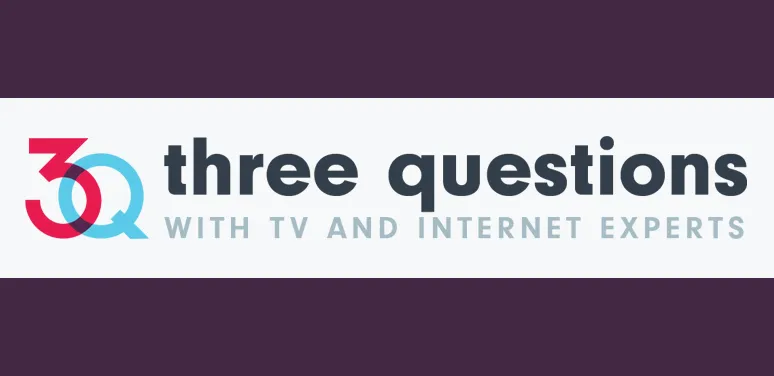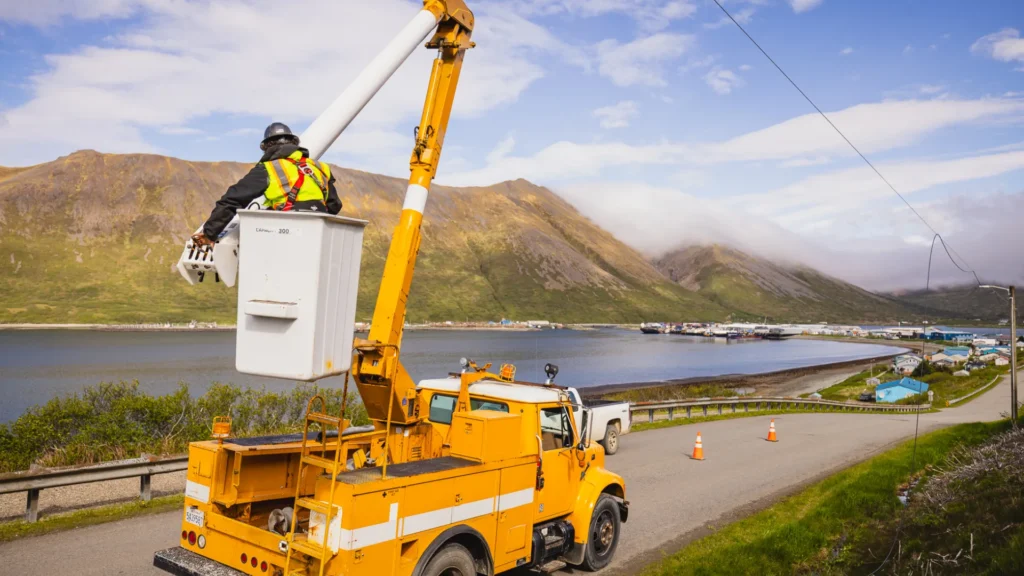The Society of Cable Telecommunications Engineers (SCTE) and its global arm International Society of Broadband Experts (ISBE), the industry’s go-to organizations for technical leadership and professional development, just celebrated 50 years this summer. At the helm is Mark Dzuban, who is also celebrating over 50 years in the industry. Dzuban, who became President & CEO in 2009, grew up in the business watching his father work as an engineer in the 1950’s. “As a kid, I saw the real early days of having to build your own equipment, and how it manifested itself,” said Dzuban. In anticipation of the annual Cable-Tec Expo this fall, the organization’s trade show dedicated to applied science, engineering innovation, and thought leadership, NCTA caught up with Dzuban to get his perspective on the role of the engineer and how the profession has and continues to change as technologies advance.
How have the training and professional development program offerings at SCTE•ISBE changed over the years?
MD: One big area we’ve invested in is supplemental development [which helps to address gaps in skills]. The [skills] gap will manifest itself in trouble calls, customer dissatisfaction, network failures or network degradation, all because of lack of knowledge. So we invested a lot in a program called Cortex, a focused science around human behavior and how we measure individual performance. The fundamental essence of our program was from a military program called BAT (Basic Attributes Test), and we built on that so it was unique to our industry. Cortex collects data on individual test scores, then we do analysis on the scores and we look at trends. This is all in a database with pools that creates dashboards on how your team is doing. This helps us to look at workforce development in a very measurable way, and to generate greater return. This is the first time this [type of program] has been done from an industry perspective, though individual companies have done it.
Another issue our industry is facing is that a lot of people who started out in the industry are retired or are soon-to-be retirees. We’ve created a “Back to Basics” series to address this. We’re trying to replace the fundamentals and the knowledge base of our industry because a lot of the folks coming in don’t have the same acumen about mechanics. People are less hands on today than they were before because science is much more advanced. So our “Back to Basics” series helps these entry-level people get up to speed.
Can you describe the types of engineering that are instrumental to the cable industry?
MD: When I first got started in cable, the chief engineer did everything. Everything from doing an install, working in the outside plant, troubleshooting outages, working in the headends, working in business administration. In the smaller systems in the ’60 and ’70s, an engineer had a very broad scope in responsibility. Now everything falls under a Chief Technical Officer or a CTIO—Chief Technology and Information Officer—because of software designed networks.
Here’s a look at the engineering specialties out there today:
- power engineering & critical facilities
- Wi-Fi & more traditional wireless networking
- cybersecurity engineering
- infrastructure
- software development
- optical networks
- outside plant construction
- data networking
- video
- facilities management
- preventative network maintenance
- project management engineering
- access networking
- back office systems engineering
- end-to-end systems engineering
- engineering economics
- mapping & capturing the physical infrastructure location
What do you see in store for the future of SCTE•ISBE, engineers, and the cable industry?
MD: Here are a few of the things we’re looking into over the next 10 years.
Artificial Intelligence. How do we apply AI? AI is becoming a component in artificial engineering. The problem is artificial engineering is composed of people with specific notions and biases that create those particular software algorithms. So AI can be problematic if it’s not managed. AI will have to be a forensic science of software.
Human behavioral science. How do we optimize a workforce, how do we align the right skills to be able to compete? This is an investment we’re making in Cortex that can evolve to troubleshooting tools, to self-evaluation. We want to help people understand what they are good at, what they can do best and what [supplemental] development we all need to improve.
Energy. We have a major program around driving energy usage improvements in our industry. And how do we drive standards in applications like autonomous vehicles, telemedicine, and gaming?
10G. I can take apart the components of the 10G covenant—latency, bandwidth, reliability, and security. I can break these out into action items moving forward into the next five years.
SCTE•ISBE’s annual Cable Tec-Expo takes place September 30 – October 3. Stay tuned for updates on the themes and topics—including the industry’s 10G initiative—that will be discussed at the show.









